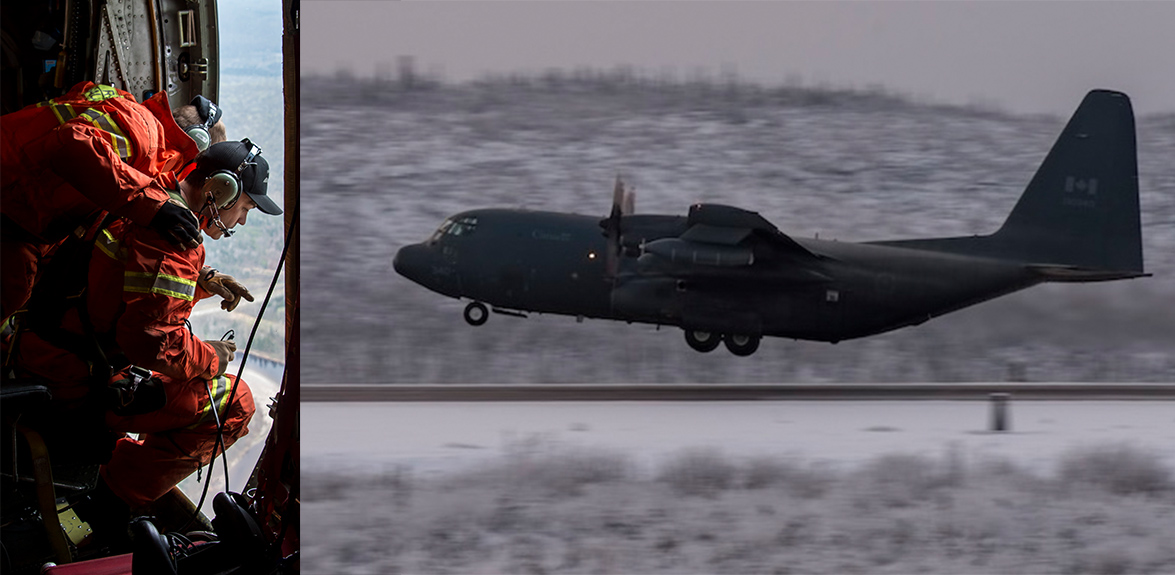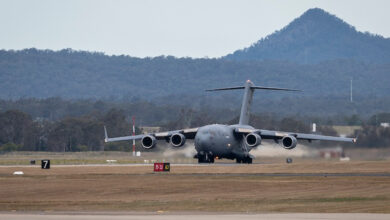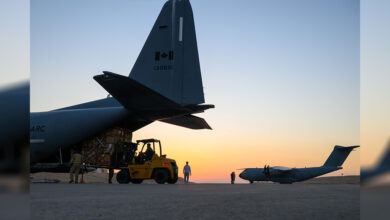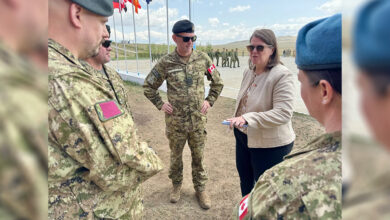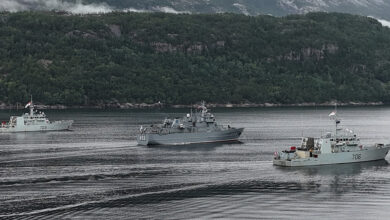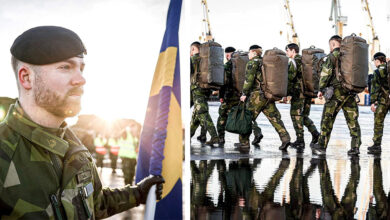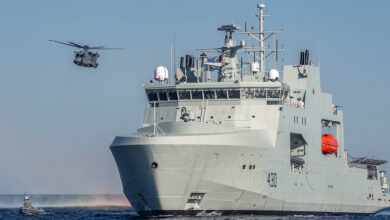Operations
RCAF Employs New Technology for Search and Rescue Missions
New technology is helping the RCAF find distressed individuals faster by using their cell phones to locate and communicate with them.
The Cellular Airborne Sensors for Search and Rescue (CASSAR) system is a new technology that the Royal Canadian Air Force (RCAF) and the Civil Air Search and Rescue Association have started employing on select aircraft to enhance the effectiveness of search and rescue (SAR) operations.
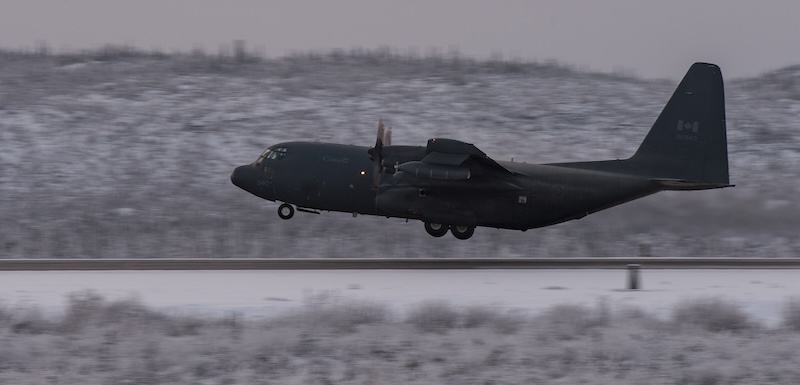
CASSAR System Capability
The CASSAR system capability is now installed on specific CC-130H Hercules, one of the RCAF’s primary search and rescue aircraft types flown from:
- 19 Wing Comox, B.C.;
- 17 Wing Winnipeg, Man.; and
- 14 Wing Greenwood, N.S.
Provided an individual is reported overdue or believed to be in distress, their cellphone is turned on, has sufficient battery power, and is not in airplane mode, a CASSAR-equipped aircraft can identify and communicate with that person’s device.
The tech provides a precise location and enables text or voice messaging to confirm a subject’s condition and distress level, even in the absence of a cellular network.
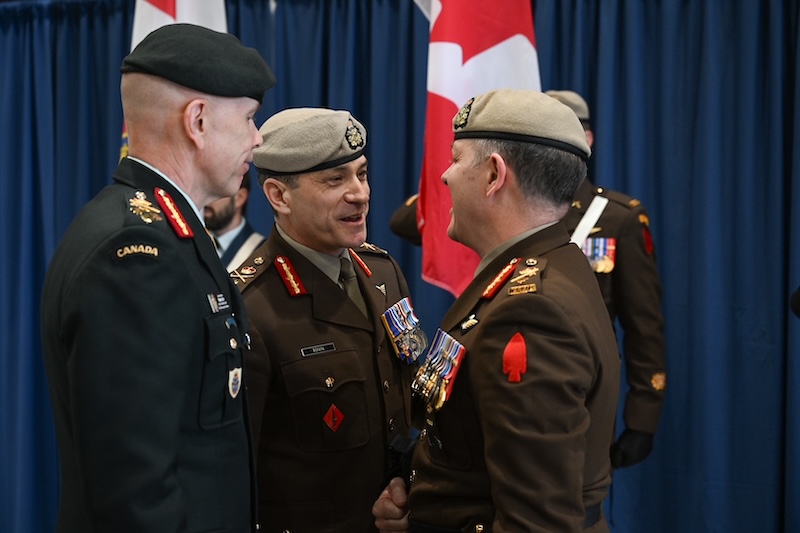
Help Locate Individuals
“This new technology is designed to help locate individuals more quickly saving valuable time in a distress situation and improving search outcomes,” proclaimed Lieutenant-General Steve Boivin, Canadian Joint Operations Command, at a recent media event. “Our Command is responsible for all Canadian Armed Forces Search and Rescue operations for an aeronautical and maritime search and rescue area that extends over 18 million square kilometres. With such a vast area, an enabling technology like the CASSAR system augments the existing search and rescue capability, reduces search time, and improves outcomes; a positive addition to search and rescue operations.”
According to the Commander, the CASSAR system has already successfully assisted in rescue operations this past summer, including one on June 8, 2024, when a boat with five people onboard was reported overdue, and on June 15, 2024, when two missing hunters equipped with a boat were also reported overdue.
Crews of a CC-130H Hercules from 413 Squadron, based at 14 Wing Greenwood, were able to locate the missing vessels using the CASSAR system and communicate with their occupants within minutes of being in range, despite prevailing weather conditions that included thick fog.
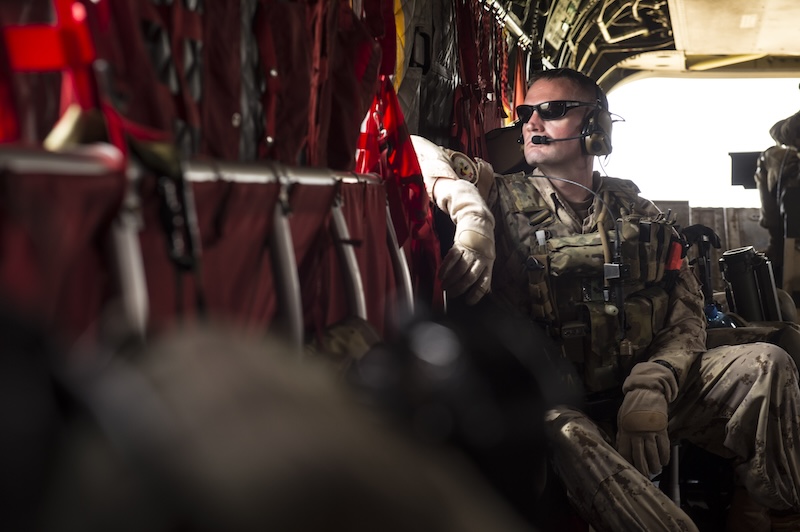
“We Help Those in Distress”
“The Royal Canadian Air Force is always ready to support the Canadian Armed Forces’ enduring search and rescue requirements in support of federal, provincial/territorial, and municipal organizations, as well as air, ground, and maritime volunteer search and rescue organizations,” stated Major-General Chris McKenna, Commander of 1 Canadian Air Division. “Together, we help those in distress. We are extremely pleased with what CASSAR has to offer to our crews and are equally as pleased to see it in action, as it enhances our crews’ collective search and rescue capabilities – this is a capability that will surely save lives.”
The 1 Canadian Air Division Commander emphasized that the CASSAR capability will strictly be used for search and rescue purposes, to locate and communicate with persons reported missing and believed to be in distress.
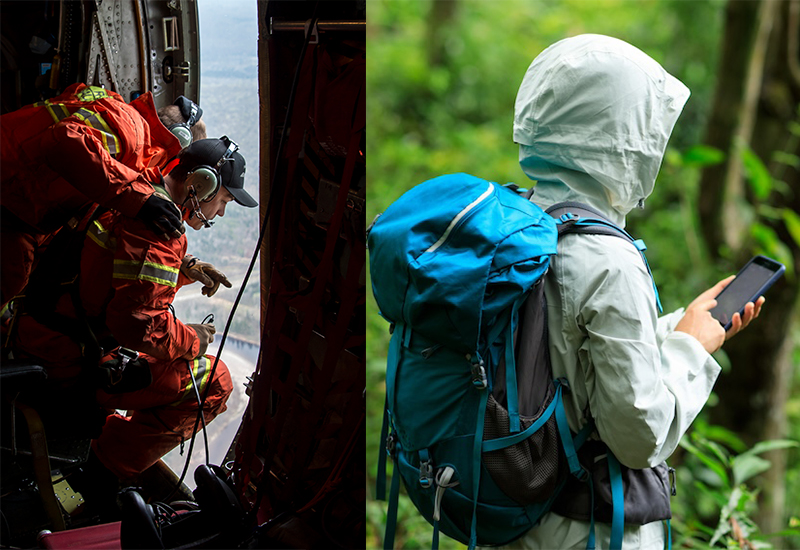
Not Interfere With Cellphone
“In accordance with the privacy act and the radiocommunication act and regulations, CASSAR does not intercept any personal data and cannot retain information beyond the near-term requirements of the mission. The system is unable to intercept any cellphone’s contact list, text messages, emails or voice calls.”
He further explained that coordination with network service providers ensures that the CASSAR system will not interfere with cellphone networks in the region where it is being used.
It will also limit CASSAR interaction to the specific cellphone belonging to a missing individual using a cellphone’s unique network identification. Emergency distress beacons (PLB, EPIRB, 406 MHz ELT), integrated into the Cospas-Sarsat global distress alerting system, remain the most direct and often quickest means of alerting search and rescue authorities.


